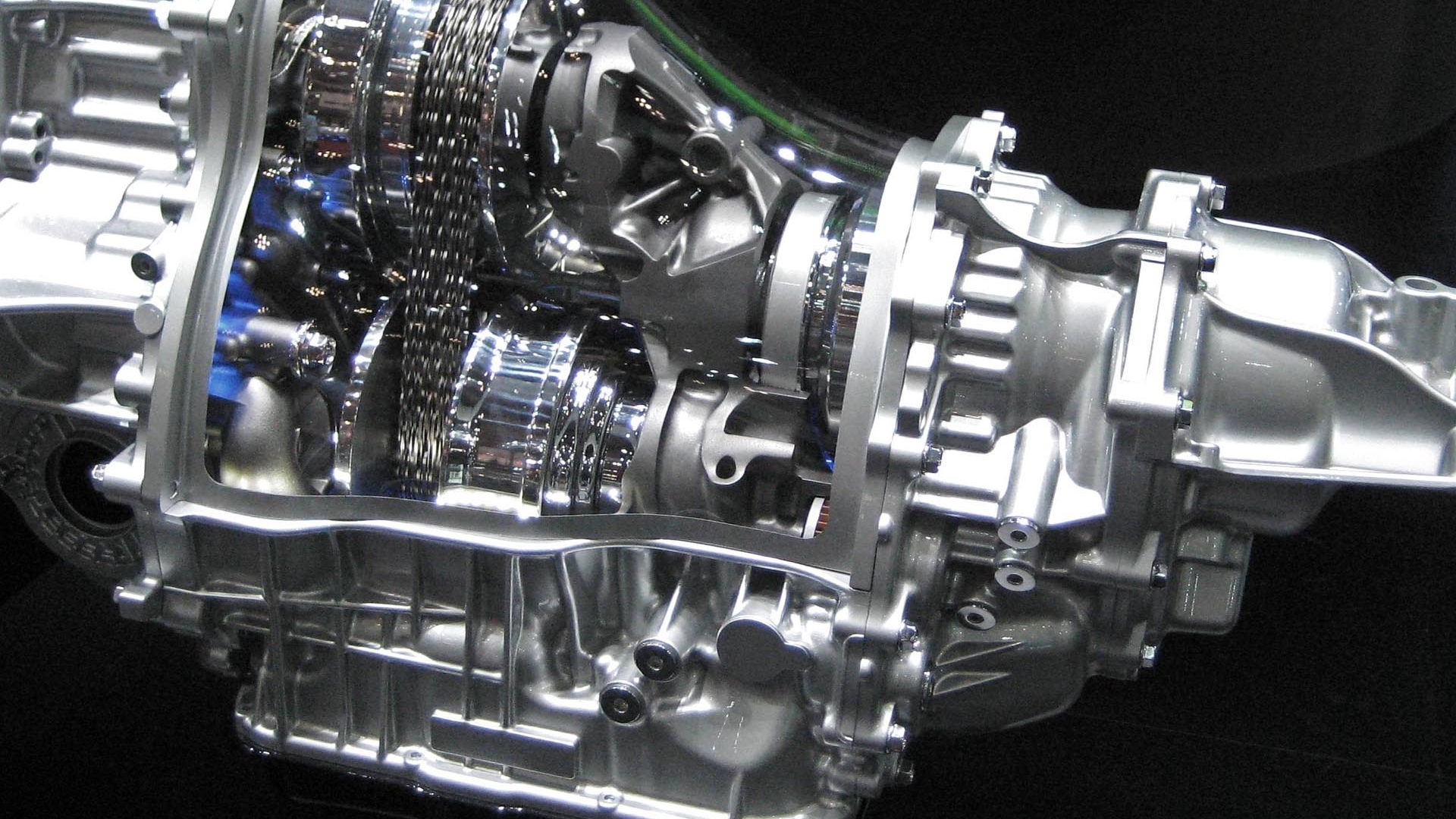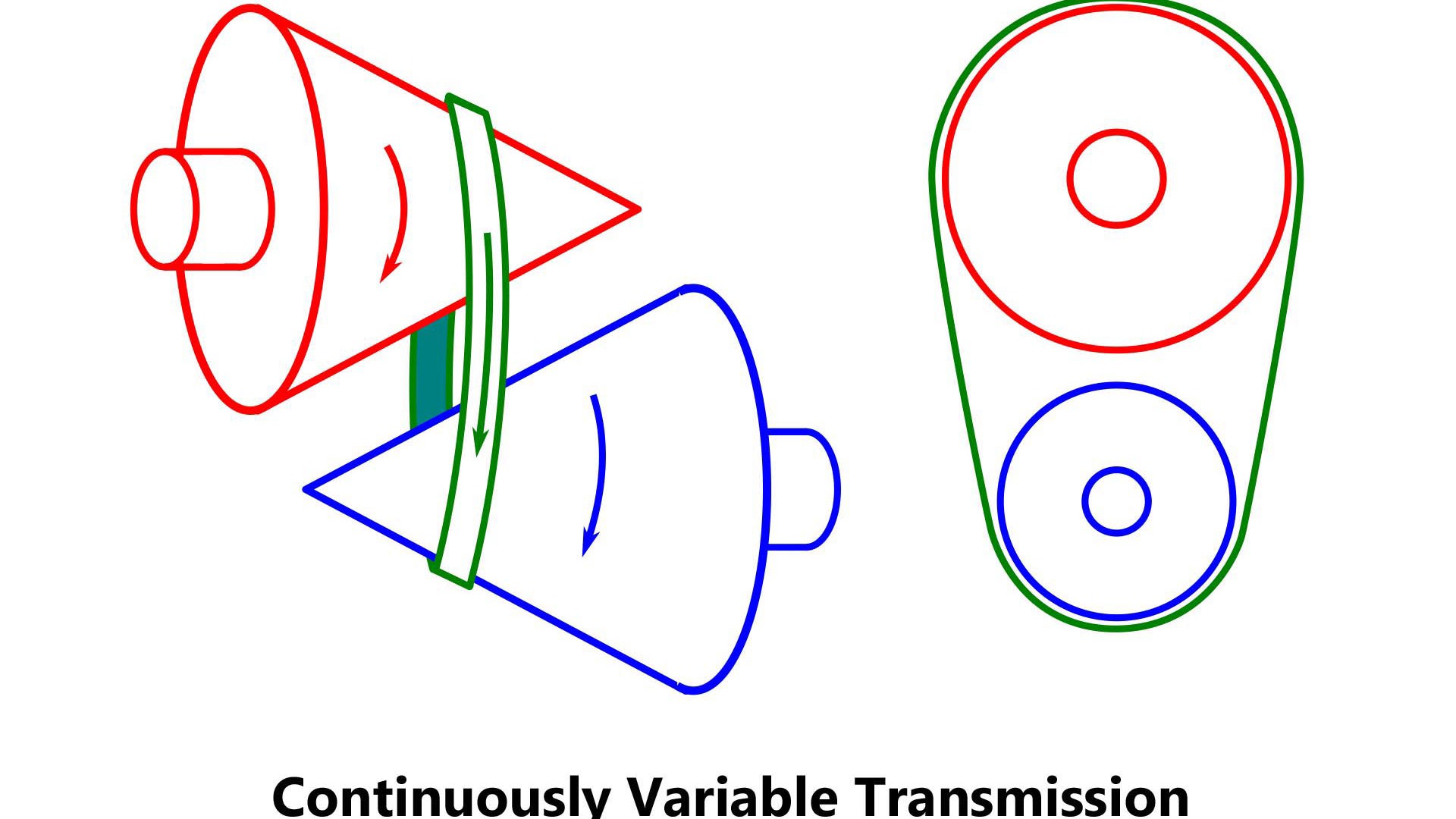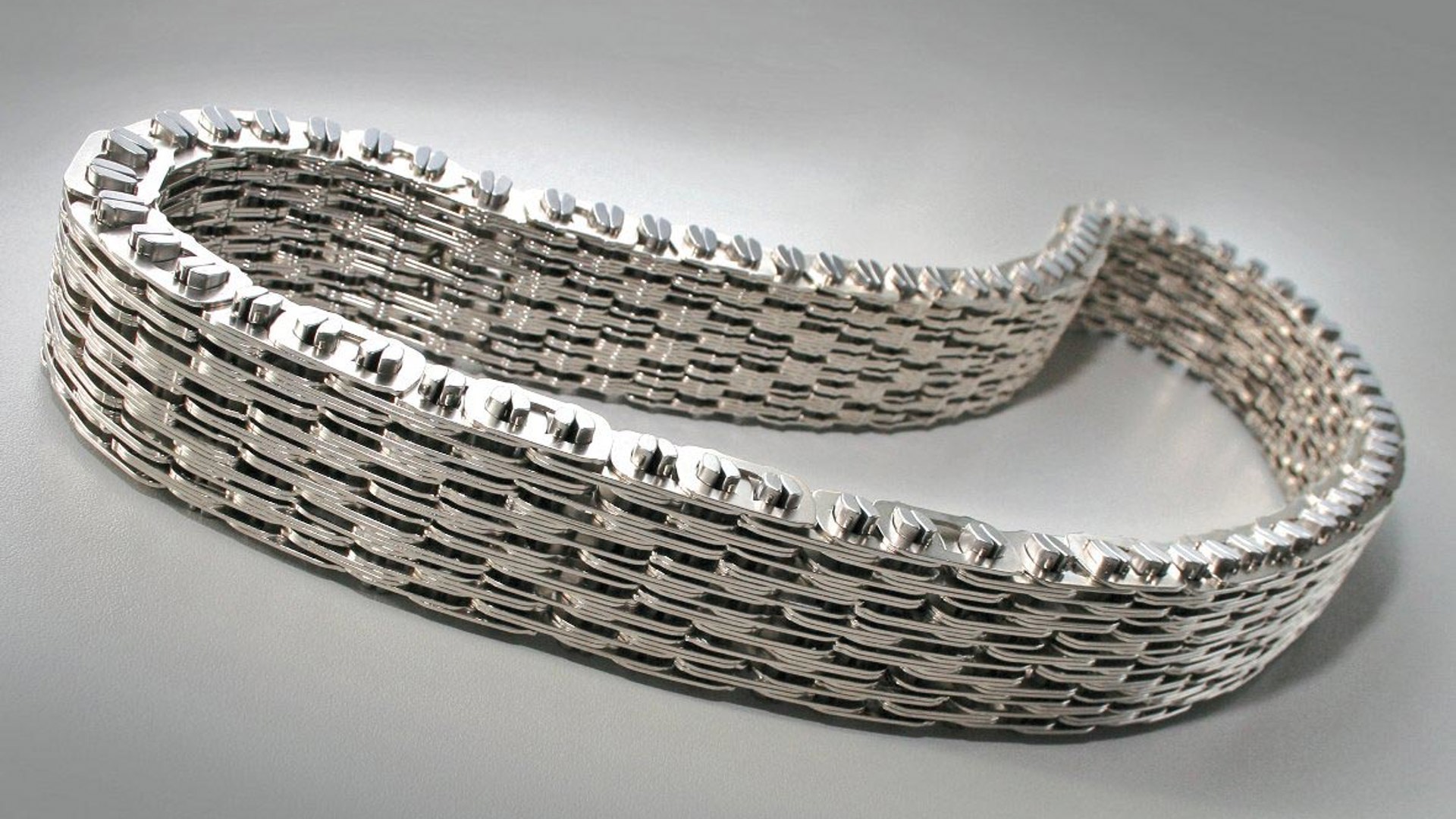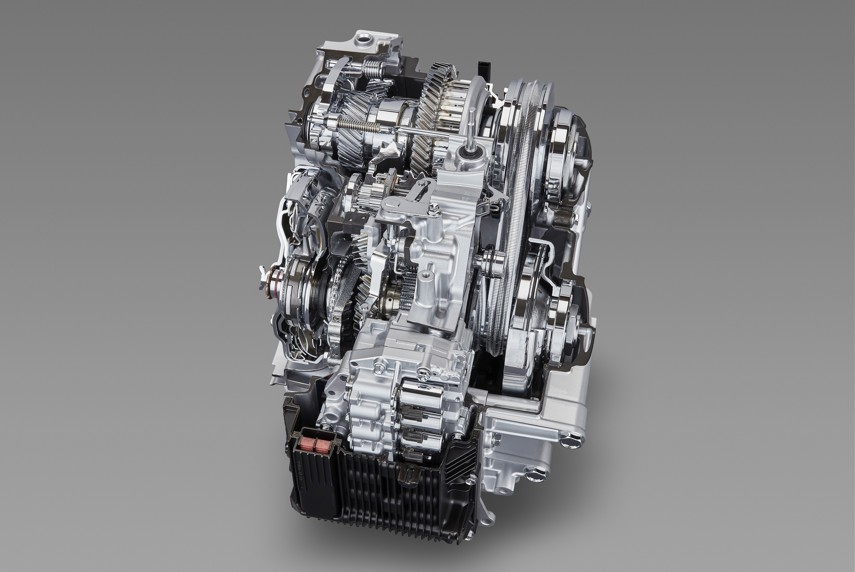The letters CVT surely cause dismay in the hearts of most gearheads. In a world full of performance vehicles equipped with slick manual gearboxes and supercars with rapid-fire dual-clutch automatics, the workaday continuously variable transmission comes across as the automotive equivalent of broccoli: good for you, but not terribly exciting.
Before we dig into the pros and cons, we’ll bore/educate you with an engineering lesson. CVTs have no gears at all, binning traditional cogs for a pair of variable-width pulleys connected by a strong belt.
One of those pulleys is fastened to the engine while its partner feeds power to the wheels. These pulleys are designed to vary in diameter depending on power demand, increasing and decreasing in size inversely of each other. Technically, CVTs have an infinite number of drive ratios.
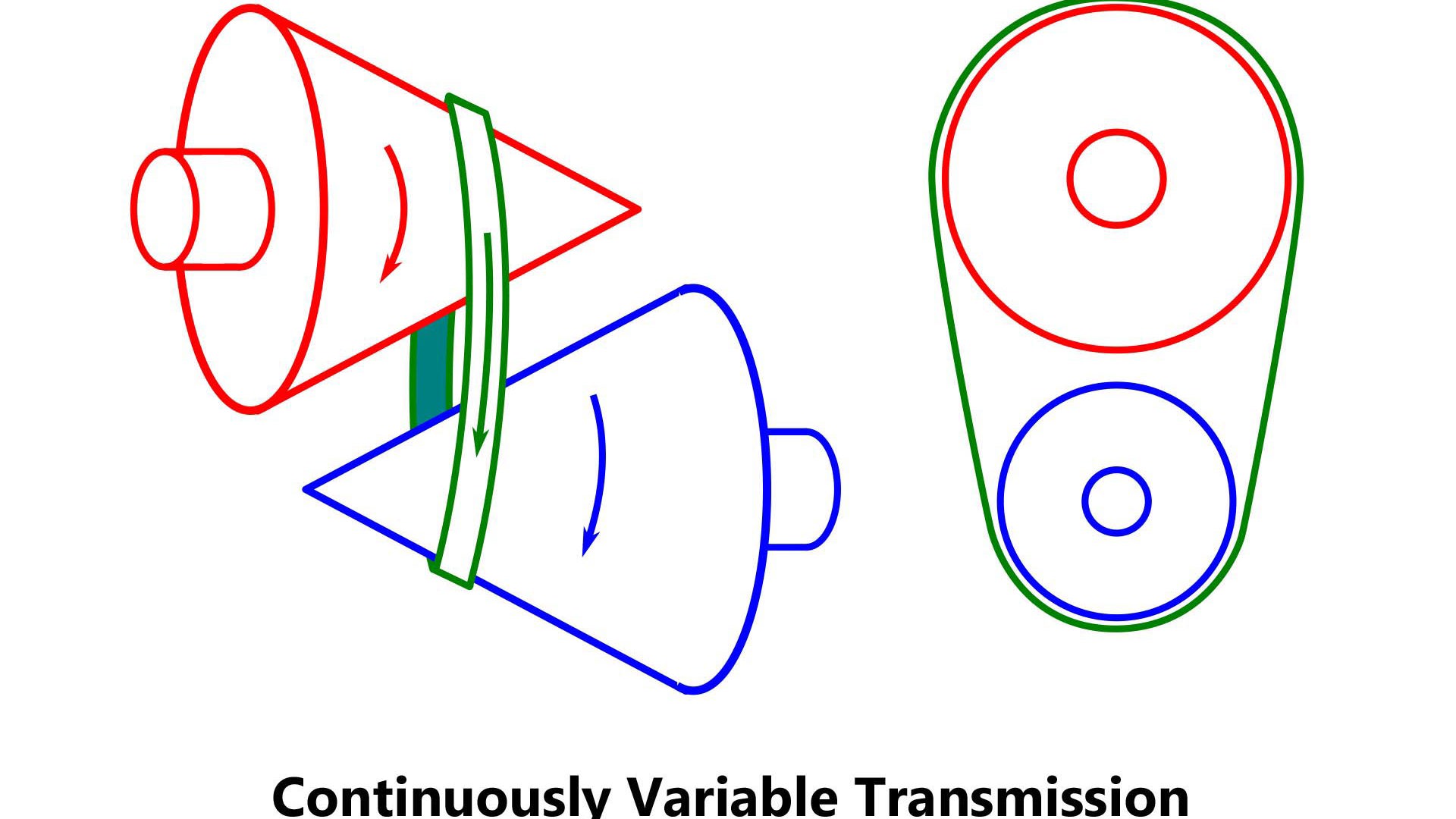
Early efforts were plagued with customer complaints, with drivers carping about the transmission sounding as if it were slipping. Back then, punching the gas pedal of a CVT-equipped vehicle sent the engine straight to its power band where it sat until you called down to the engine room for less power.
Because there was no rise and fall of rpms, many people thought the gearbox was slipping, leading to a flood of grievances and many headaches for long-suffering dealer service clerks. More recently, engineers of CVTs have added in simulated shift points, appeasing customers who do not want their car to sound like lowing cattle under hard acceleration. The new three-row Subaru Ascent does this, as do some products from Nissan.
As with everything in life, there are pros and cons (except tacos – a taco has no bad parts). Read on to learn more about the pros and cons of CVT transmissions.
Pros
Efficiency Edge
It’s no coincidence that many hybrid vehicles are equipped with a CVT. Continuously variable transmissions are, by design, more efficient than their traditional automatic brethren. Some talking heads assert that these gearboxes improve fuel economy by more than 5 per cent compared to a traditional automatic, but this claim is difficult to substantiate because it is rare for a manufacturer to offer the same engine with a choice of either an automatic or a CVT.
Perfect Power
You know what it’s like when you and your best friend are on the same page? A vehicle with its power plant linked up to a CVT is not far off that mark. CVTs have the ability to seek out an engine’s power peak and use it at length for seamless acceleration, better fuel efficiency, or maximum grunt. Without the interruption of a gearshift, power delivery is uniform and linear.
Lighter Weight
The construction of a CVT generally makes the unit lighter and more compact than a conventional transmission. Absent of gears, this type of gearbox simply counts a couple of pulleys, a V-belt, and several electronic devices amongst its parts set. Removing weight from a car helps bump fuel economy, too. Continuing that thought, fewer parts also make for simpler construction, the benefits of which are easier assembly and better fuel economy.
Smooth Operator
Automatic or manual, there’s always the chance of a botched gear change when cogs are involved. CVTs, thanks to not having any gears at all, move smoothly from idle to peak power.
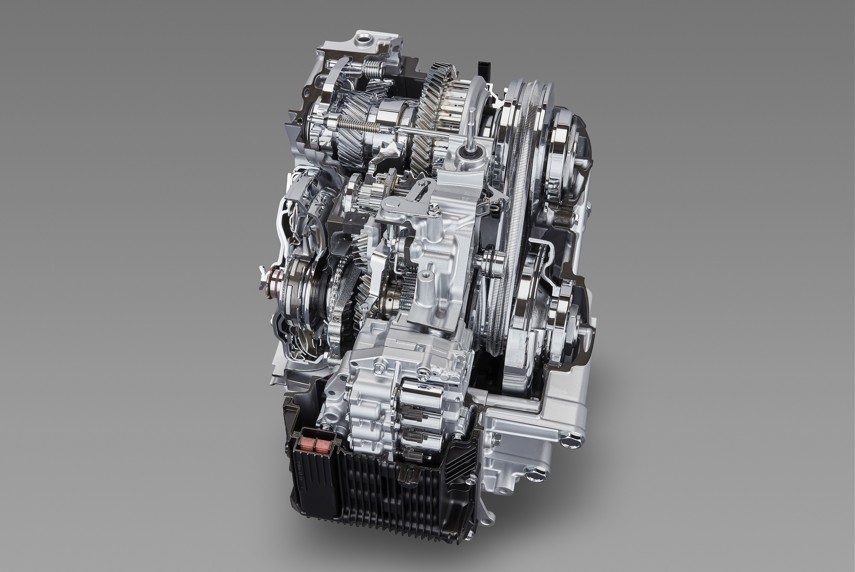
Cons
Opposite of Sporty
Experienced drivers will tell you a linear relationship between the amount of pressure being applied to the accelerator and actual engine responsiveness is a key feature to creating a soulful drivetrain. CVTs often feel like the antithesis to this, and can feel unengaging and unresponsive at times. There’s a reason there are no #SaveTheCVTs campaigns on Instagram.
Flat Busted
Just like the underdog hockey team that’s at a natural disadvantage going into the playoffs, a conventionally programmed CVT – one absent of any stepped gear programming – can give a driver who’s unfamiliar with the transmission an impression that it is slipping or causing the engine to work harder than necessary.
Noisy Operation
Speaking of noise, it is not uncommon for drivers to carp about the CVT’s inclination to “stick” at a certain rpm, causing the car to rev loudly at a constant engine speed under acceleration. This is an inherent trait of all CVTs, even those programmed with simulated stepped gears. Engineers go through great lengths to banish noise from modern vehicles, making the moan caused by a CVT all the more jarring.
Not Bulletproof
No transmission is perfect – well, there are a few dual-clutch units in certain exotics that come close – and the modern CVT is no exception. Nissan, arguably the first mass-market carmaker to put this type of transmission in most of its vehicles, once made the decision to double the factory warranty coverage on its CVTs, extending it to 10 years or 200,000 kilometres.
Costly Repairs
While the upkeep of a continuously variable transmission tends to be quite low, fixing the thing can hoover many dollars from your bank account. Why? For starters, finding a capable transmission mechanic who knows their way around a CVT with the same élan as a traditional gearbox can be difficult. No transmission repair is cheap, but these gearless wonders seem to ring up a higher bill when things go awry.
